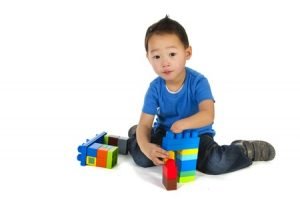Systems in Which Special Needs Teaching is Imparted
There are myriads of children around the globe who are constantly impeded by the different nature of their abilities, despite possessing limitless potential. If nurtured carefully, these innate abilities can be channelized in order to get transformed as great gifts. Unfortunately, people are mostly unaware of the obstacles these children face in their daily lives. Those who are thinking about taking up the vocation of special education must become aware of the finer aspects of effectively nurturing their students.
The practice of “Special Needs Teachers Training” provides educational assistance to these differently abled children in a certain way addressing their individual requirements. The process of Special Needs Teacher Training involves a systematic arrangement of teaching procedures, settings, materials, and equipment. This particular process is designed to help the children having special needs achieve self-sufficiency and higher education.
There are three broad systems in which special needs teachers work:
- Inclusion System: Inclusion is an approach that includes students with special needs in the teaching environment consisting of mostly students without special needs. Most schools use this process for students with mild or moderate special needs as inclusion might require significant modification of the general curriculum. This practice is accepted as the best one among others. Depending on the nature of service, specialized services might be provided inside or outside a regular classroom. Students might leave the regular classroom occasionally to receive other lessons requiring specialized equipment or for more intensive sessions in a resource room. They could also leave to attend language or speech therapy, rehabilitation, physical therapy, occupational therapy, and for services that require privacy.
- Mainstreaming System: In this approach, differently abled students are taught alongside regular students in certain classes predominantly based on their abilities. To perform this process successfully, students with special needs are distinguished for the rest of the school hours in different classrooms.
- Segregation System: This system allows the differently abled students to attend the same school where regular classes are taken without mixing them up with the regular students. Segregation allows students with special needs to spend the entire instructional time in a separate classroom exclusively. In case their special classroom is placed in an ordinary school, this system provides opportunities to integrate socially outside the classroom. As, for example, interacting and communicating with the students during the meal times. These students might also attend special schools as an alternative measure.
Each of these different approaches has its unique procedures and technicalities developed to fulfill the multifarious requirements of the differently abled children. As a teacher in training, you would have to hone your sensitivity every day to pick up on the ways in which you can effectively use the apparatus at your disposal. There are several institutes offering online as well as in-class courses which could be very useful to you. Signing up for one these will help you get prepared.



